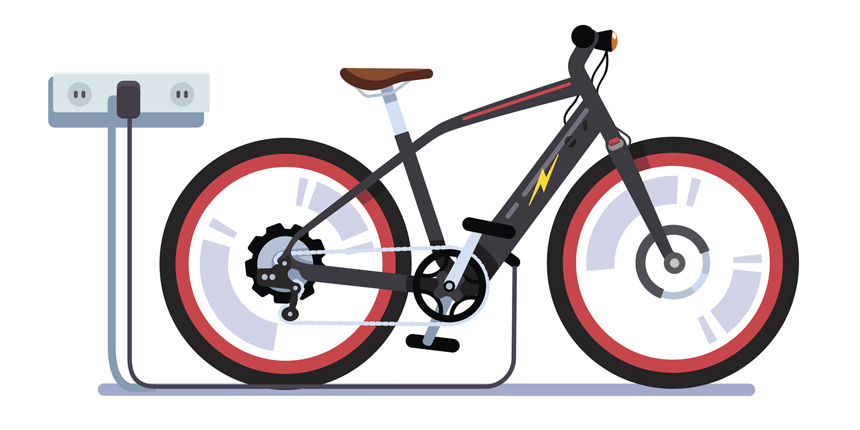Risks associated with electric bikes and how to manage them.
As the use of e-bikes continues to rise in popularity, there has been a significant increase in fires linked to battery charging. These fires have resulted in damage to homes, serious injury and sadly some fatalities.
Electric bikes all come with rechargeable batteries, typically charged using a cable plugged into a 13amp wall socket. These devices are powered by lithium-ion batteries, which can become unstable if they are not used properly, or become damaged or overcharged, which can lead to the battery and device catching fire and releasing toxic smoke.
To reduce the likelihood of an incident, we recommend the following:
Methodist home insurance policies can cover your e-bike but if it’s worth more than £750 you will need to let us know and there will be some precautions you need to take.
When storing your bike at home lock your bike to a permanent fixture in a secure shed, garage, or outbuilding.
When using your e-bike away from home, make sure you use a high-quality lock and learn how to lock your bike properly.
